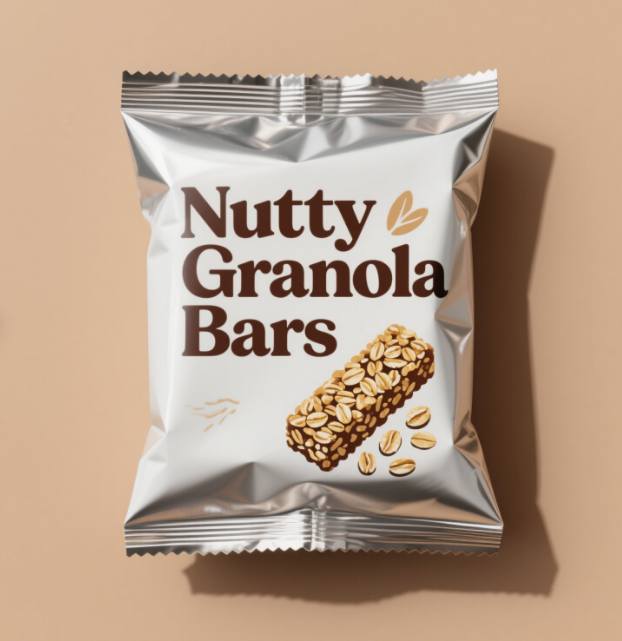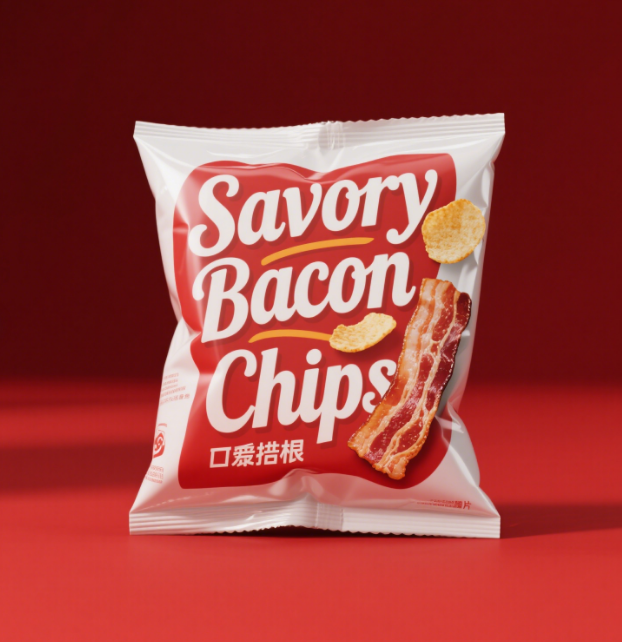Exploring Sustainable Food Packaging Options for a Greener Future
Traditional food packaging—often made of single-use plastics, non-recyclable materials, or excessive layers—has a heavy toll on the planet. It fills landfills, pollutes oceans, and uses valuable resources like oil. As consumers and businesses push for eco-friendly choices, sustainable food packaging has emerged as a key solution. These options reduce waste, lower carbon footprints, and support a healthier planet—all while keeping food fresh and safe. Let’s explore the most promising sustainable food packaging options and how they’re shaping a greener future.
1. Biodegradable and Compostable Food Packaging
Biodegradable and compostable food packaging is designed to break down naturally, returning to the earth without leaving harmful residues. Made from plant-based materials, it’s a great alternative to plastic.
- Materials used: Common options include cornstarch, sugarcane fiber, mushroom mycelium (the root structure of mushrooms), and bamboo. These materials are renewable and grow quickly, reducing reliance on fossil fuels.
- How they work: Biodegradable packaging breaks down into natural components (like water and carbon dioxide) over time, even in home compost bins. Compostable packaging takes it a step further, turning into nutrient-rich soil when composted properly.
-
Examples:
- Cornstarch-based bags for fruits and vegetables—they dissolve in water after use.
- Mushroom mycelium packaging for takeout meals—it’s sturdy, insulates hot food, and decomposes in weeks.
- Bamboo fiber containers for salads or snacks—water-resistant and compostable.
This type of food packaging is ideal for short-term use, like single-serve snacks or takeout, as it avoids adding to plastic pollution.
2. Recyclable and Recycled Food Packaging
Recyclable food packaging uses materials that can be processed and reused to make new products. Many brands also use recycled content in their packaging, closing the loop on waste.
- Key materials: Paper, cardboard, glass, and certain plastics (like PET and HDPE) are highly recyclable. Aluminum is another top choice—it can be recycled infinitely without losing quality.
- Benefits: Recycling reduces the need for raw materials. For example, making a new aluminum can from recycled aluminum uses 95% less energy than making one from scratch.
-
Examples:
- Recycled cardboard boxes for cereal or pasta—often printed with water-based inks for extra eco-friendliness.
- PET plastic bottles for juices or sauces—recyclable and often made with 50%+ recycled plastic.
- Glass jars for jams or pickles—reusable and recyclable, with lids made from recycled metal.
To be effective, this food packaging needs clear recycling labels (like the resin identification code for plastics) to guide consumers on proper disposal.
3. Reusable Food Packaging
Reusable food packaging is designed to be used multiple times, cutting down on single-use waste. It’s a favorite among eco-conscious consumers and businesses aiming to reduce their footprint.
- Common options: Glass jars, stainless steel containers, cloth bags, and silicone food wraps. Some brands even offer deposit systems—customers pay a small fee for the packaging, which is refunded when they return it.
- Best for: Dry goods (grains, nuts), liquids (oils, vinegars), and prepared foods (yogurt, soups).
-
Examples:
- Refill stations at grocery stores, where customers bring their own containers to fill with flour, nuts, or detergent.
- Reusable silicone wraps instead of plastic wrap—they stick to bowls and can be washed and reused for years.
- Stainless steel tins for cookies or snacks—durable and easy to clean.
While reusable packaging requires more upfront effort (returning containers, washing them), it drastically reduces long-term waste.

4. Edible Food Packaging
Edible food packaging takes sustainability to the next level: it’s made from food-grade materials, so it can be eaten along with the food—or composted if not.
- Materials: Seaweed, rice flour, potato starch, beeswax, and even milk proteins are used. These are safe, biodegradable, and often add a subtle flavor.
-
Examples:
- Seaweed-based wrappers for sushi or candies—they dissolve in the mouth and leave no waste.
- Beeswax wraps (cotton coated in beeswax, resin, and jojoba oil)—used to cover bowls or wrap sandwiches, replacing plastic wrap. They’re washable and last up to a year.
- Rice paper bags for snacks like popcorn—edible and dissolvable in water.
Edible food packaging is perfect for single-serve items, as it eliminates the need for disposal entirely.
5. Innovations in Sustainable Food Packaging
Scientists and companies are constantly developing new sustainable food packaging to address gaps in existing options. These innovations focus on durability, affordability, and eco-friendliness.
- Plant-based plastics: Made from renewable resources like sugarcane or algae, these plastics look and feel like traditional plastic but break down faster in the environment.
- Water-soluble films: Thin films made from materials like PVA (polyvinyl alcohol) that dissolve in water. They’re used for single-serve packets (detergent, sauce) and leave no residue.
- Moldable packaging: Shaped to fit the food exactly (like a custom mold for a sandwich), reducing the need for extra layers or padding. This cuts down on material use.
These innovations aim to solve issues like the fragility of biodegradable packaging or the cost of reusable options, making sustainable food packaging more accessible for all.
FAQ
What’s the most sustainable type of food packaging?
It depends on the use, but reusable packaging (like glass jars) is often best, as it generates almost no waste. For single-use needs, compostable or recyclable options work well.
Are sustainable food packaging options more expensive?
Initially, yes—biodegradable or reusable packaging may cost more. But over time, reusable options save money (no need to buy new packaging), and many consumers are willing to pay a small premium for eco-friendly choices.
Do sustainable food packaging options keep food fresh as long as traditional ones?
Most do. For example, glass jars seal well to keep food fresh, and certain biodegradable plastics have coatings to lock in freshness. Innovations are constantly improving shelf life.
How do I dispose of compostable food packaging?
Home compostable packaging breaks down in backyard compost bins in a few months. Industrial compostable packaging needs special facilities—check the label to see which type you have.
Do consumers prefer sustainable food packaging?
Yes, surveys show that 60%+ of consumers prefer brands with eco-friendly packaging, even if it costs a bit more. It builds trust and loyalty.
What’s the biggest challenge for businesses switching to sustainable food packaging?
Cost and supply chain issues—finding reliable suppliers of sustainable materials can be tough, especially for small businesses. However, demand is growing, making it easier over time.
Will sustainable food packaging replace plastic entirely?
Unlikely, as plastic is still useful for certain needs (like preserving perishable foods). But it will reduce plastic use significantly, with a mix of sustainable options taking its place.
Table of Contents
- Exploring Sustainable Food Packaging Options for a Greener Future
- 1. Biodegradable and Compostable Food Packaging
- 2. Recyclable and Recycled Food Packaging
- 3. Reusable Food Packaging
- 4. Edible Food Packaging
- 5. Innovations in Sustainable Food Packaging
-
FAQ
- What’s the most sustainable type of food packaging?
- Are sustainable food packaging options more expensive?
- Do sustainable food packaging options keep food fresh as long as traditional ones?
- How do I dispose of compostable food packaging?
- Do consumers prefer sustainable food packaging?
- What’s the biggest challenge for businesses switching to sustainable food packaging?
- Will sustainable food packaging replace plastic entirely?




